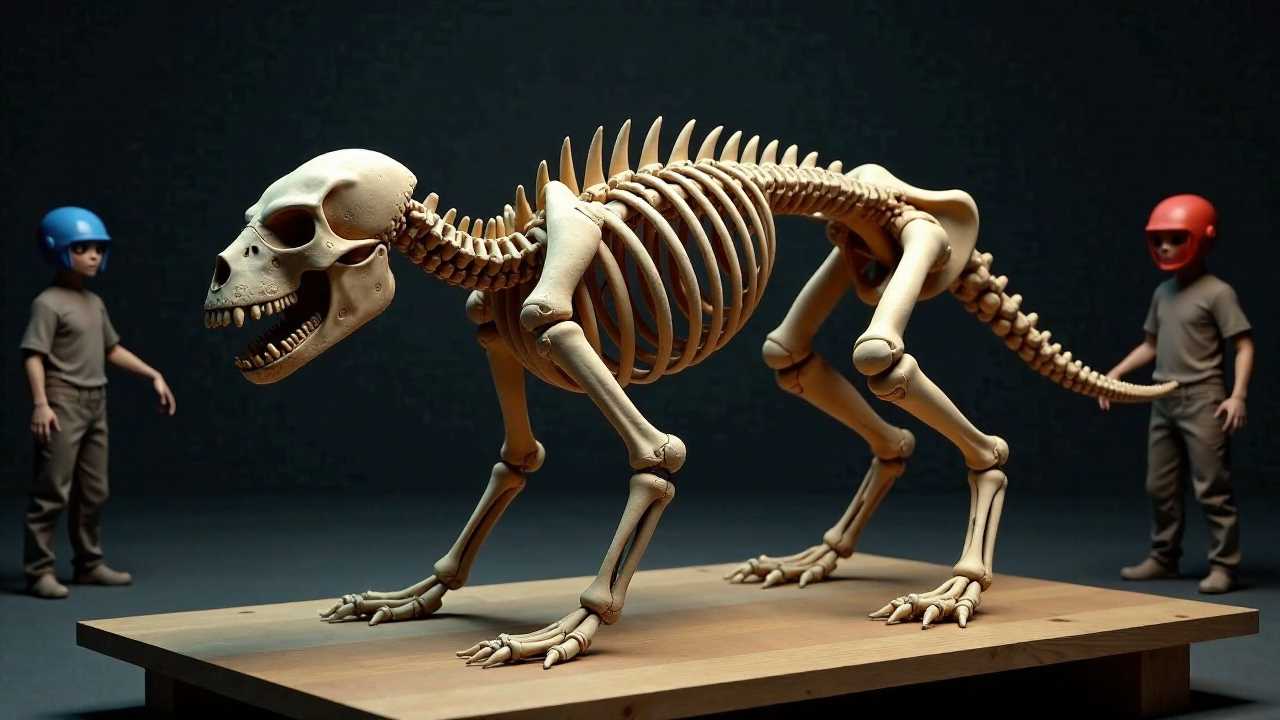
Understanding Creature Animation Techniques
In the realm of 3D animation, mastering creature animation techniques is vital for any animator aiming to create lifelike and engaging characters. This process involves a blend of artistry and technical skills, allowing animators to breathe life into their creations. The journey begins with a solid understanding of the fundamental techniques that underpin the animation process, including rigging, texturing, motion capture, keyframing, sculpting, and lighting.
The Art of Rigging
Rigging is the backbone of any creature animation project. It involves creating a skeletal structure that allows the animator to manipulate the character’s movements. A well-designed rig provides flexibility and control, enabling animators to pose and animate characters with precision.
When rigging a creature, it’s essential to consider the anatomy and movement patterns of the character. For instance, if you are animating a quadruped, the rig should accommodate the unique movement dynamics of four-legged creatures. This includes setting up inverse kinematics (IK) for the legs, which allows for more natural movements, and forward kinematics (FK) for the spine and tail, ensuring fluid motion.
Moreover, adding controls for facial expressions can significantly enhance the character's emotional range. This attention to detail in rigging sets the stage for more dynamic and believable animations.
Texturing for Realism
Once the rigging is complete, the next step is texturing. This process involves applying surface details to the creature model, giving it a realistic appearance. Texturing can include painting skin textures, adding scales, or even creating fur.
To achieve high-quality textures, we recommend using high-resolution images and UV mapping techniques. UV mapping allows you to project a 2D image onto a 3D model accurately. This step is crucial for ensuring that textures align correctly with the model’s geometry.
Additionally, consider using shaders to enhance the realism of your textures. Shaders can simulate various materials, such as shiny scales or rough skin, adding depth and dimension to your creature.
Motion Capture: Bringing Characters to Life
Motion capture technology has revolutionized the animation industry, allowing animators to capture real-life movements and translate them into digital characters. This technique involves recording the movements of a live actor and applying that data to a 3D model.
Using motion capture can significantly streamline the animation process, especially for complex movements. However, it’s essential to refine the captured data to fit the character’s rig and style. This may involve tweaking the animations to ensure they align with the character’s personality and the intended performance.
Incorporating motion capture can lead to more fluid and realistic animations, making your creature feel alive and relatable to the audience.
Keyframing: The Animator’s Tool
While motion capture provides a foundation for movement, keyframing remains a vital technique in creature animation. Keyframing involves setting specific points in time where the animator defines the position and attributes of the character. The software then interpolates the frames in between, creating smooth transitions.
To effectively use keyframing, it’s crucial to understand the principles of animation, such as timing, spacing, and easing. These principles help create more natural movements and can significantly enhance the overall quality of the animation.
For instance, when animating a creature jumping, the keyframes should reflect the anticipation before the jump, the peak of the jump, and the landing. Each of these stages requires careful consideration to ensure the movement feels believable.
Sculpting: Crafting Unique Creatures
Sculpting is another essential aspect of creature animation. This process involves creating the 3D model of the creature, focusing on its form, proportions, and details. Sculpting allows animators to explore different designs and refine their characters before moving on to rigging and texturing.
Using digital sculpting tools, animators can manipulate the model in a way that mimics traditional sculpting techniques. This flexibility allows for greater creativity and experimentation, enabling the creation of unique and imaginative creatures.
When sculpting, pay attention to the character’s anatomy and how it relates to its movements. A well-sculpted creature will not only look good but will also move more naturally when animated.
Lighting: Setting the Mood
Finally, lighting plays a crucial role in creature animation. The way a scene is lit can dramatically affect the mood and perception of the character. Proper lighting can highlight the creature’s features, enhance textures, and create a sense of depth.
When setting up lighting for your creature animation, consider the source of light, its intensity, and the shadows it casts. Experimenting with different lighting setups can help you find the perfect balance that showcases your creature in the best possible way.
Using three-point lighting is a common technique that can provide a well-rounded illumination of your character. This method involves a key light, fill light, and backlight to create depth and dimension.
Mastering creature animation techniques requires a blend of skills and knowledge across various disciplines. From rigging and texturing to motion capture, keyframing, sculpting, and lighting, each element plays a vital role in bringing your animated creatures to life. By honing these techniques, you can create compelling and lifelike characters that resonate with audiences and elevate your animation projects to new heights.
 Digital Art InstructionDIY Infographics DesignMobile Game ArtworkPersonalized Logo Design3D AnimationeBook Covers DesignPrivacy PolicyTerms And Conditions
Digital Art InstructionDIY Infographics DesignMobile Game ArtworkPersonalized Logo Design3D AnimationeBook Covers DesignPrivacy PolicyTerms And Conditions
